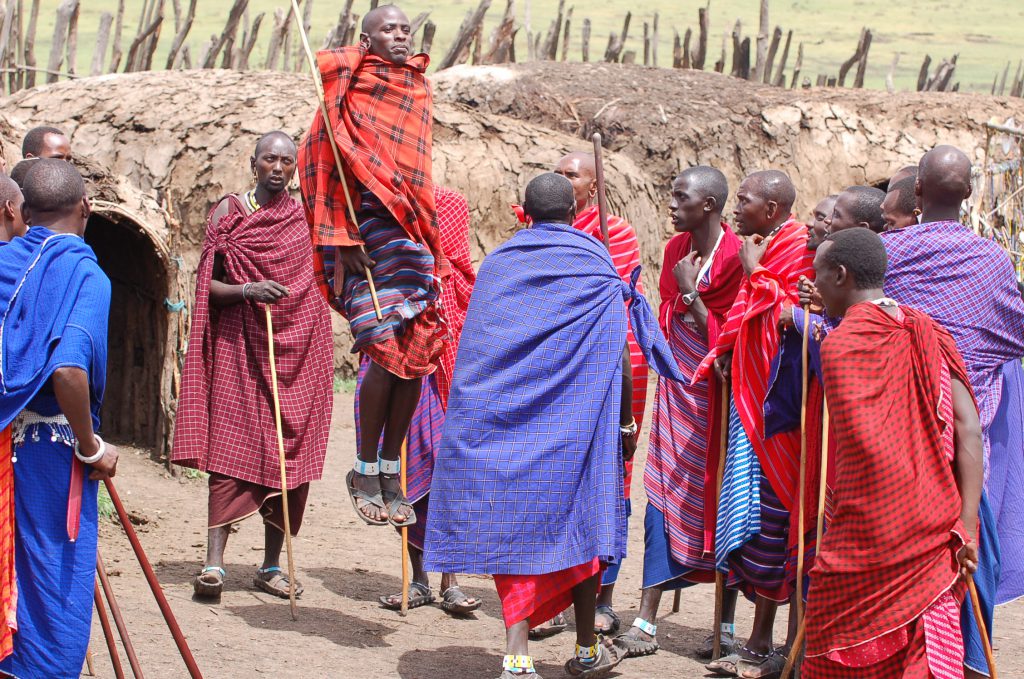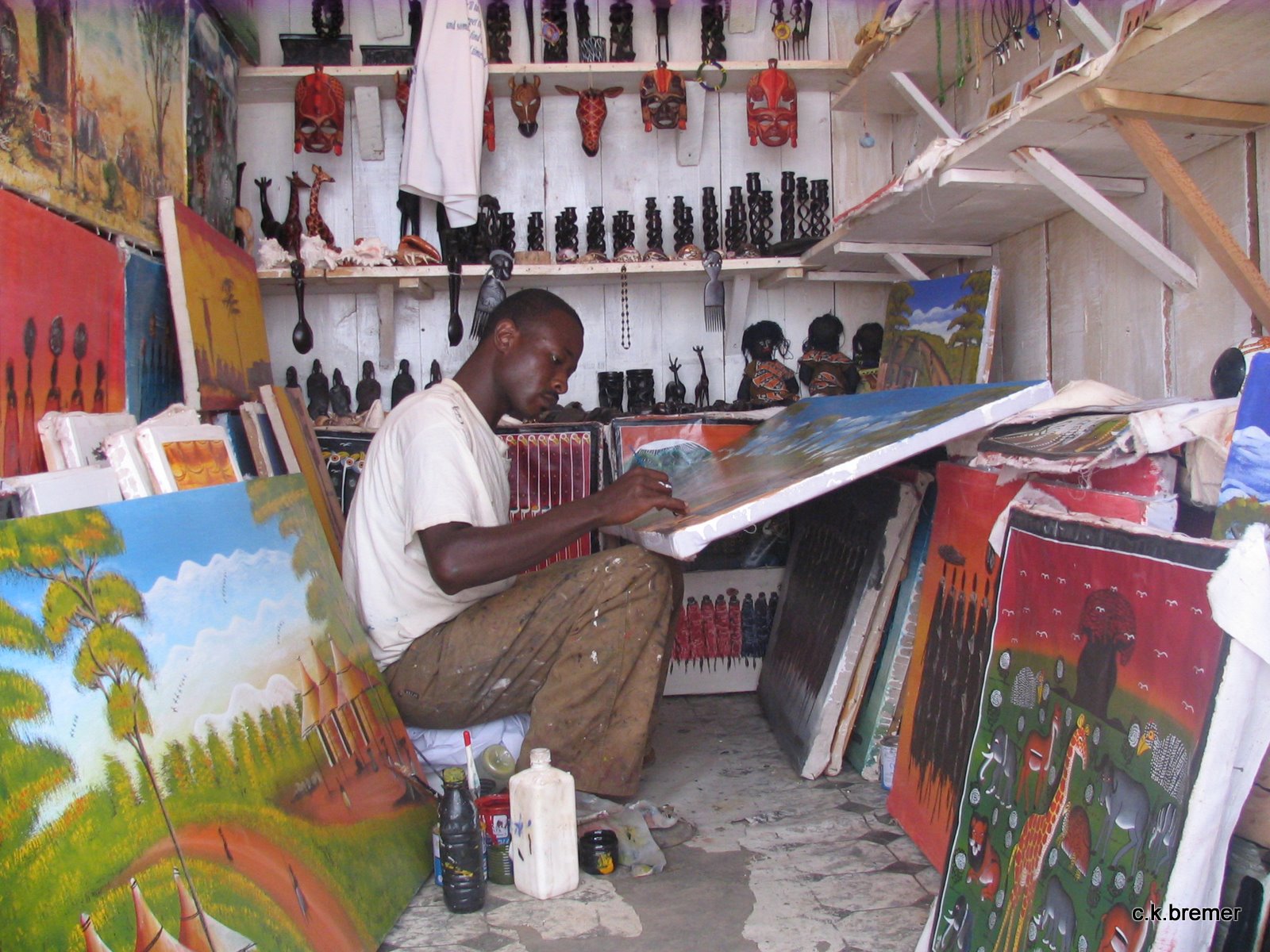 The maasai
The maasai
Many visitors to Tanzania are familiar with the the Maasai, pastoralists known for their distinctive clothing, beaded jewelry, dramatic dancing, and steadfastness to their lifestyle. One may visit a Maasai boma (homestead) around the Ngorongoro Conservation Area or West Kilimanjaro for interaction with these fascinating people. Contexts range from tourist-ready sites with a commercial feel, to relaxed visits to authentic functioning homes. The experience generally correlates with the time, effort and adventurousness put in. We can accommodate your objective on any safari, by making a stop at one of the cultural tourist bomas around Ngorongoro, with overnights at camps or lodges that have relationships with particular Maasai villages, or beyond. As with all activities on a custom safari, our goal is to make it yours.
 The HadzA
The HadzA
For hundreds of years, the Hadza, the only remaining hunter-gatherers in East Africa, have lived near the shores of Lake Eyasi after being pushed out of the Ngorongoro Crater and the surrounding grasslands by more powerful pastoralists. You may spend a half day with an experienced guide and interpreter of the Hadza on a camp visit, bush walk and hunt, where you can learn about their fascinating culture and survival skills in this harsh environment. Also at Lake Eyasi, you may have the opportunity for a private visit into the compound of a Datoga family – pastoralists and one-time enemies of the Maasai – to share their lifestyle.
 Olduvai Gorge
Olduvai Gorge
Olduvai Gorge is the site of Louis and Mary Leakey’s archeological discoveries of early human ancestors, their tools, and other prehistoric fossil remains. The site consists of a small but comprehensive museum on the rim of the gorge with optional descents into the gorge to visit some of the dig sites. Nearby to Olduvai you can view the incredible shifting sands, a large dune of volcanic ash 9 meters high and 100 meters long that is slowly moving 17 meters per year with the consistent prevailing winds.
 TANZANIA ARTS
TANZANIA ARTS
Tanzania possesses a relatively unknown yet longstanding popular arts culture. Makonde woodcarvers create fantastical intertwined figures or single statues from a distinctive black wood. Tingatinga painting uses enamel bicycle paint to produce brightly colored stylized – often cartoonish – animal and human figures that fill a canvas. Maasai women make intricately patterned beaded jewelry, mostly made for their own use, but now increasingly in demand for its sophisticated beauty. Kanga is patterned colored cotton cloth printed with Swahili proverbs and aphorisms made for utilitarian purposes, but also popular as collectors items (in particular demand are commemorative one-time-only kangas printed to honor national and international events, such as a presidential inauguration or World Cup soccer tournament). These and other crafts can be found at most curio souvenir shops and range from cheap and hastily done pieces to skillfully designed complex works of art. In any case, they are all uniquely Tanzanian! Two notable arts destinations in Arusha are the Cultural Heritage Center, which is a gallery and shops boasting carvings, artifacts, clothing, gemstones and books, and Shanga, an artists studio producing distinctive pieces of blown glass, sculpture, weaving, metalwork, and other creative endeavors using primarily recycled materials.